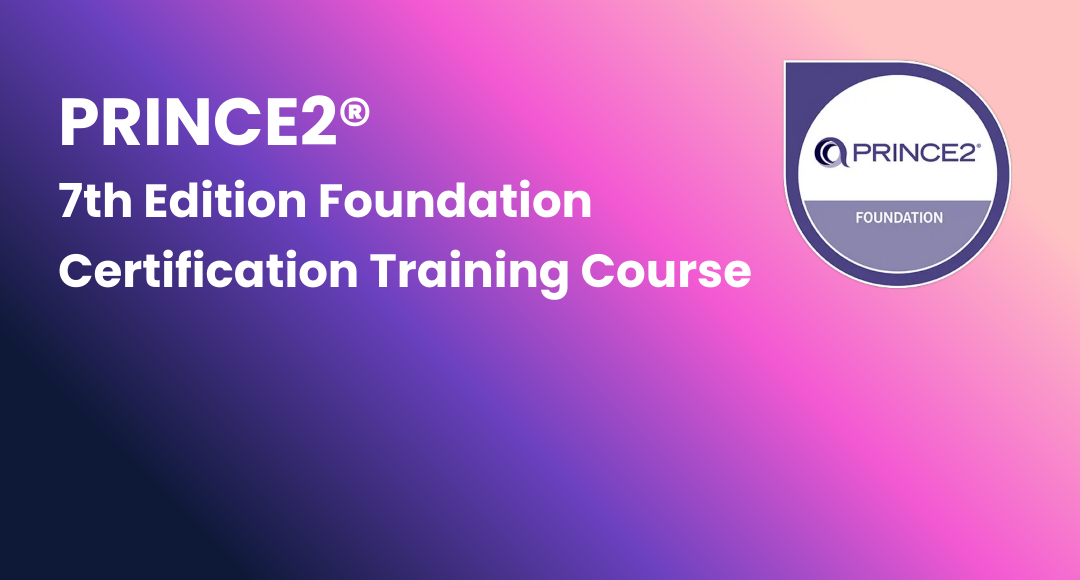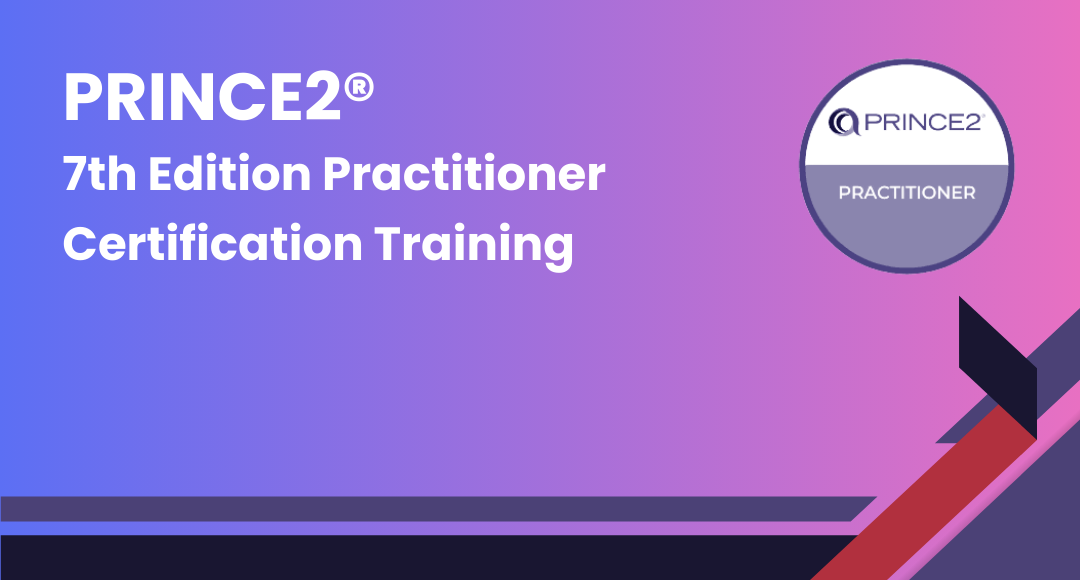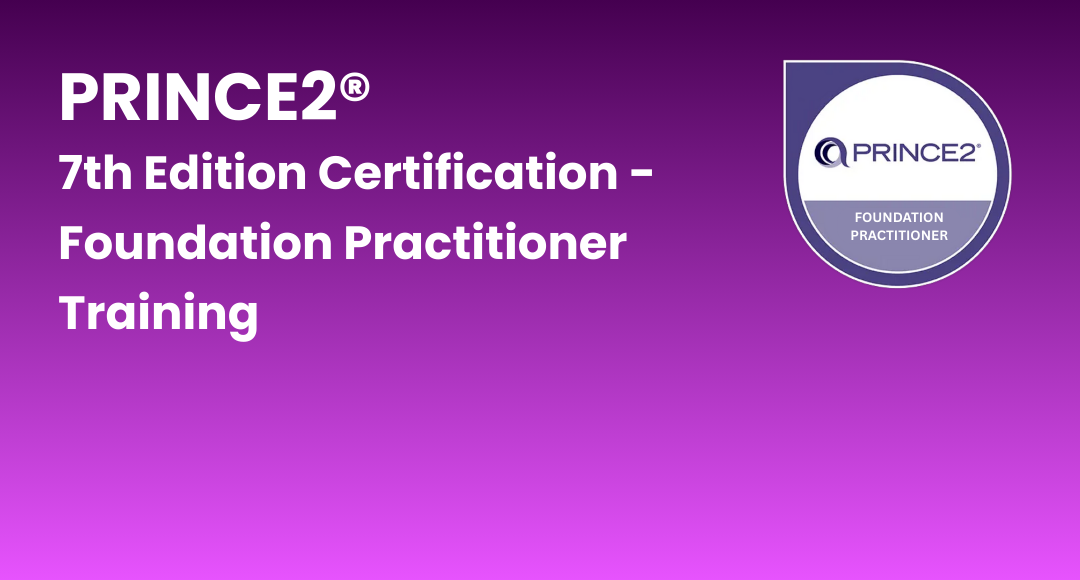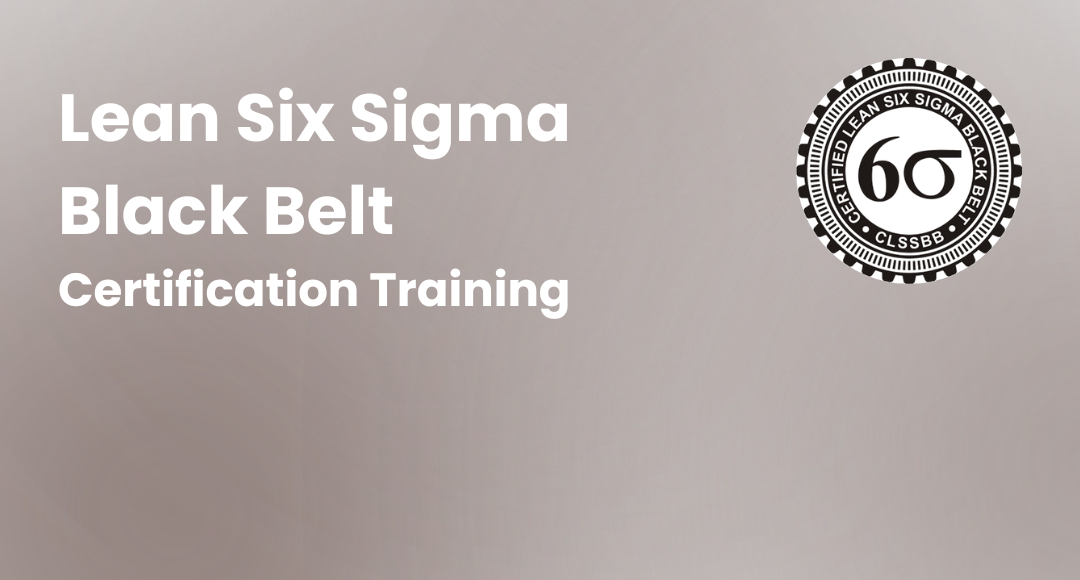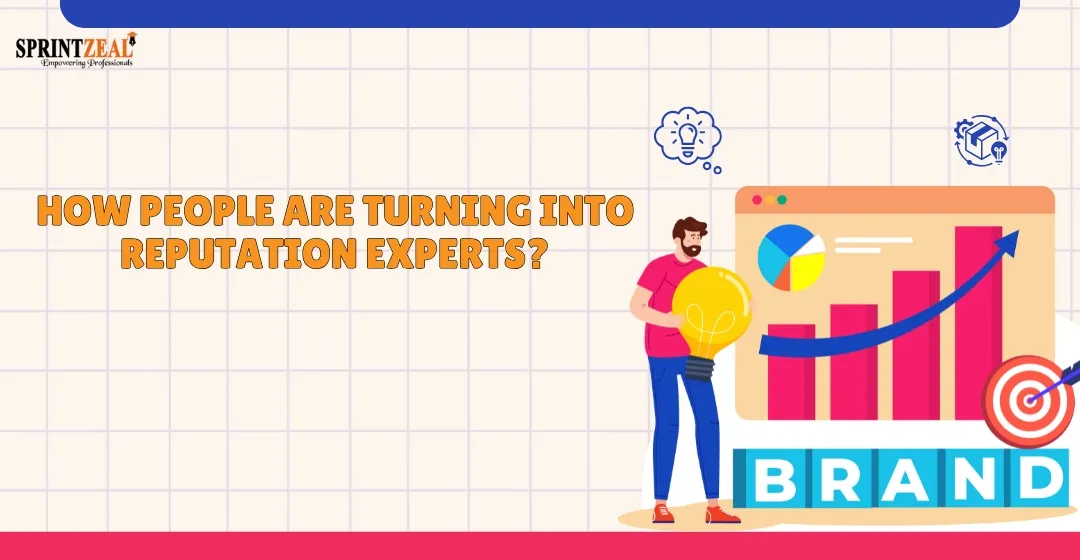8 Leading Energy Technology Trends to Watch in 2025
-
 By Sprintzeal
By Sprintzeal - Published on Nov 26 2025
Energy was once a very conservative industry, it was even difficult to imagine that it would change significantly even when everything around it was changing. But today it is a battlefield for technologies that have been introduced more and more often in the past few years. And the question arises: why did they start doing this only now? Climate pressure, digitalization, global crises and geopolitics are literally forcing companies to rebuild their energy systems from scratch to meet all the regulations, customer requirements and keep up with digitalization trends. On one hand, companies see that:
- the climate is changing faster than even pessimists expected;
- governments are introducing new rules;
- investors demand ESG reporting;
- consumers instantly “cancel” brands that ignore energy efficiency.
In this context, even a small amount of innovation in the industry no longer seems unnecessary, and the sector’s conservatism can finally be shifted. Tesla faces criticism for the high carbon footprint of its supply chain, Starbucks for using disposable cups, and fast fashion manufacturers get millions of negative mentions due to the energy inefficiency of their factories.
The trend is clear: today you can't be "out of the game." If a company doesn't optimize energy consumption, implement smart systems, or move toward net zero, it risks losing not just money, but trust.
Here are 8 tech IT solutions that will transform energy in the near future — and determine who becomes a leader in 2025.
Table of Contents
Eight energy trends in 2025
Trend 1. AI and ML
In 2025, AI has touched pretty much everyone except the very lazy. AI has turned the world upside down — and energy is no exception.
Machine learning allows for predicting consumption, preventing peak loads, and most importantly — automatically balancing networks without human intervention. AI algorithms are already analyzing terabytes of data from thousands of sensors simultaneously, predicting failures, and providing real-time optimization scenarios.
For example, National Grid in the UK uses AI to forecast demand, reducing excess load by 15-20%. And Norwegian hydropower plants use machine learning to adapt generation to weather conditions and energy demand — without human involvement.
In the future, AI will become the main "brain" of energy systems, providing smart grid autonomy — from managing microgrids to dynamic pricing.
Trend 2. Digital Transformation
One of the clearer shifts in 2025 is that OT and IT are finally starting to work together for real. A few years ago, most energy companies still relied on old SCADA systems that felt almost sealed off from everything else. IT teams had their tools, operations had theirs. But they couldn’t keep going like that. Today, companies are investing in architecture modernization, implementing cloud solutions, IoT sensors, and real-time analytics. Theoretically, the data can be collected, but technically, integrating it into outdated systems was impossible — and that is now changing.
These energy industry IT solutions help companies unite physical infrastructure and digital analytics.
The involvement of DXC Technology and other similar agencies allows energy companies to modernize systems by integrating IoT, artificial intelligence, and edge technologies to improve grid efficiency and resilience. That is why we are seeing a global modernization.
Trend 3. Smart Grids and Cyber-Physical Energy Systems
When the grid, generators, sensors and users are integrated into a single digital ecosystem, it is called Smart Grids. Each component can be monitored individually, and energy can be redistributed from any source, among many other capabilities.
Such networks autonomously determine where there is a surplus of energy and where there is a deficit, and independently and quickly redistribute flows even without human intervention. While supervision is still required, the overall operation of the energy system has become much more efficient. This significantly improves grid stability, reduces losses, and integrates renewables without disruptions.
At the same time, the "smarter" grids become, the more vulnerable they become to cyber threats. The research "Engineering and Validating Cyber-Physical Energy Systems" shows that security in smart systems is now critically important: any failure can knock out entire regions.
So a modern energy system isn't just about wires — it's about code, analytics, scenario testing, and multi-layered protection against attacks.
Trend 4. Energy Saving and Optimization
Global modernization and energy saving is taking place at the level of devices and systems as a whole. Thanks to edge computing — processing data closer to its source — companies can instantly optimize energy consumption. This avoids delays, reduces data center load, and responds faster to real-time changes.
For example, large manufacturing plants are already installing "smart" controllers that automatically regulate motors or cooling systems, saving up to 25% of electricity.
Digital "twins" of systems are even appearing in energy, simulating the operation of power plants or substations, allowing scenario testing without the risk of production downtime. It's a new philosophy: optimization not through reduction, but through intelligence.
Trend 5. Energy Storage: The Key to Stability
Classic lithium-ion batteries are gradually giving way to solid-state batteries, which are safer, more compact and last longer. In parallel, flow batteries are developing, capable of scaling for industrial facilities and providing hours of autonomous operation.
And on the horizon, a new trend has already emerged — quantum batteries. It's a concept that uses quantum effects for instant charging. It's still a scientific experiment, but the potential is colossal: from powering autonomous sensors to spacecraft energy.
For the energy of the future, storage will become the "buffer" between demand and generation, ensuring continuity even with unstable sources.
Trend 6. Flexible Generation and Renewable Integration
Renewable energy sources are becoming the basis of energy systems. And it remains only to overcome the instability of solar and wind installations.
Flexible generation will take center stage in 2025–2026. This is an approach in which the power system is able to quickly switch between different sources, balance the load and operate with minimal losses.
Thin-film solar panels are rapidly gaining popularity. They can be integrated on roofs, facades, in transport — even in textiles.
Another direction that is moving forward is the use of intelligent platforms that manage microgrids. These systems test how to fine-tune the balance between solar, wind, and conventional generation. Early results from pilot projects show that more accurate balancing can noticeably reduce operational costs.
Trend 7. Hydrogen Economy
Now a few words about hydrogen. Green hydrogen, produced from renewable sources, has become a universal energy carrier. It can be stored, transported, converted into fuel or electricity, and used for almost anything.
Technologies like Power-to-X are also gaining traction. By converting surplus electricity into hydrogen, methanol, ammonia, and other carriers, they give heavy industries – from metallurgy to chemicals – a realistic path toward deep decarbonization.
In 2025, it's expected that over 30 countries worldwide will have national hydrogen energy strategies. But the main intrigue is who can be the first to scale "green" hydrogen production without losing profitability.
Trend 8. Climate Tech and Carbon Management
The world isn't just talking about reducing CO₂ anymore — it's creating technologies for capturing, storing, and selling it.
Carbon capture and storage (CCS) systems, sensor monitoring platforms, and blockchain services for carbon credits are forming a new market. Companies can not only reduce their climate impact but also monetize "clean" actions.
For energy giants, this means new profit models. And for startups, it's a chance to create an "energy Shopify" where environmental data becomes a commodity.
Challenges and Risks to Consider
People talk about digital transformation as if it’s a matter of installing new software. In practice, it’s the problems that arise behind the scenes that shape the outcome. Old equipment, cybersecurity issues, a lack of skilled staff – these things don’t sound exciting, but they often determine whether a project is successful or never gets off the ground.
Infrastructure Limitations
To upgrade energy infrastructure, you need not just to "install sensors" — you need to replace cables, transformers, software, and train personnel.
In developed countries, this is related to scale — systems were built over decades. In developing countries — to a lack of investment.
For example, just modernizing the power grid in the US is estimated at over $2 trillion for the next 20 years. And that's without accounting for cybersecurity or new storage technologies.
Security and Cyberattacks
When the power grid is connected to the internet, every sensor can become an entry point for attack.
In 2023, over 100 attempts to hack energy grid monitoring systems were recorded in the US and Europe. Some of them by state-sponsored hacker groups.
Costs and Technological Risks
Most innovations in energy are expensive. And not always perfected. Solid-state batteries are still not a mass product. Hydrogen energy is in pilot projects.
Investing in new technologies, companies must balance the desire to be first and the risk of stumbling on the "teething problems" of innovations.
Legacy Systems: The Burden of the Past
One of the most painful challenges is the compatibility of new solutions with old systems.
In practice, most energy companies still work on old ERP or SCADA platforms developed 10–20 years ago. Their integration with modern AI or IoT solutions often requires complete reengineering.
And that's why strategic partnerships with technology companies become critical — without system integration experience and deep understanding of the energy sector, digital transformation can turn into an endless beta test.
The Innovation Space: What Comes After 2025
What seems like futurism today may become an industry standard tomorrow. 2025 is just the start of a big technology wave that will change energy even more deeply.
Quantum Battery: Energy in a Second
Quantum batteries aren't just an experiment. Scientists from Italy, Korea, and Canada have already proven that theoretically such a battery can charge instantly using quantum entanglement.
If the technology can be scaled, it will overturn the energy storage market: from smartphones to industrial facilities.
Network AI Assistant for Energy Systems
Imagine an energy network that "communicates" with other networks through artificial intelligence. It's not science fiction — systems are being developed where AI agents autonomously make decisions: where to redirect excess capacity, how to avoid overload, when to connect reserves.
Such "energy brains" will be able to work without human involvement, making networks completely self-governing.
Autonomous Energy Systems
Microgrids capable of existing independently of the general energy system are already being tested in Japan, the Netherlands, and UAE.
This means that small towns, business campuses, or even ships can have their own "energy islands" with a full cycle of generation, storage, and consumption.
Conclusions: What Companies Should Do Today
Therefore, enterprises need to prepare for full digitalization.
Start by assessing digital readiness and understanding how well processes, data and infrastructure are already adapted to integrate with intelligent control and automation systems.
Next, build a transformation plan. Start with cheap and small steps (e.g. monitoring automation) and work out long-term more expensive needs (integration of AI-based solutions, digital twins, OT/IT integration).
An effective strategy remains the "small to big" approach: test innovations in pilot project format, then scale the most successful ones.
To sum up: these eight trends aren't just technological fads, but the foundation for a new architecture of energy, where IT and energy work as a single living organism. Those who start implementing innovations today, taking into account energy industry IT solutions, will gain a strategic advantage — from increased efficiency to strengthening positions in the energy market of the future.
Subscribe to our Newsletters
Popular Programs
CAPM® Certified Associate Project Management
Live Virtual Training
- 4.1 (962 + Ratings)
- 16k + Learners
Trending Posts
Top 5 Online Platforms for Getting TEFL Certified in 2025
Last updated on Sep 11 2025
Importance and Necessity of Mobile Apps For Today's Businesses
Last updated on Nov 6 2025
Distance MBA from IGNOU: A Complete Guide with Financial Management Specialization
Last updated on Apr 1 2025
This Isn’t Just for Celebrities: Why Regular People Are Turning to Reputation Help
Last updated on Jul 21 2025
5 P's of Job Hunting: The 5 Pillars of Job Hunting for Success
Last updated on Jul 10 2023
Guide to Data Protection - Essentials and Best Practices
Last updated on Mar 27 2023
Categories
- Other 66
- Agile Management 56
- Cloud Computing 51
- Project Management 170
- Big Data 58
- Business Management 82
- Digital Marketing 73
- IT Service Management 29
- Programming Language 50
- AI and Machine Learning 68
- IT Security 109
- Quality Management 77
- IT Hardware and Networking 25
- Microsoft Program 4
- Workplace Skill Building 12
- Risk Management 9
- Information Security 8
- Leadership and Management 7
- Corporate Training and Development 1
Trending Now
Growing Demand for Certified Professionals and the Importance of Certification
ArticleImportance and Necessity of Mobile Apps For Today's Businesses
ArticleSprintzeal's App And Web Learning System Is Taking Professional Training Experience To New Level
ArticleUnlimited Course Access
ArticleHalloween Special - Best Certification Courses in Just USD 10
Article7 Outstanding Benefits of E-learning for Busy Employees
ArticleCoronavirus Latest Update and News | Psychology behind coronavirus urgency
ArticleCoronavirus Outbreak – Invest in your Career and Spend time Being Productive
ArticleSprintzeal on COVID-19 Outbreak and Updates in Services.
ArticleBest cybersecurity certifications in 2024
ArticleIT Skills in Demand 2024
ArticleTop Jobs in 2024 - Explore Trending Career Options
ArticleTop Angular Interview Questions and Answers 2025
ArticleKafka Interview Questions and Answers 2024
ArticleTop 5 Professional Career Courses to Consider after Graduation
ArticleTop Trending Professional Certifications to Get in 2024
ArticleBest Certifications for Trending Jobs in 2024
ArticleIT Certifications List – Most Popular Certifications in 2024
ArticleTop Technology Trends in 2024
ArticleBest Paying Jobs in Technology
ArticleCertifications that Pay Well in 2024
ArticleTop 10 Certifications to Boost Your Career in 2024
ArticleGuide to Data Protection - Essentials and Best Practices
ArticleHow to Accept a Job Offer Like a Pro
Article5 P's of Job Hunting: The 5 Pillars of Job Hunting for Success
ArticleHow to Negotiate a Salary Offer: Your Path to Financial Success
ArticleSTAR Interview Method: How to Use It & Ace Interviews
ArticleLatest Software Developer Salary Trends - 2024
ArticleWhy is Sprintzeal Training the Right Choice for Your Career?
ArticleBoost Your Career Success in 2024 with These Top ISO Certifications
ArticleThe Downfall of Yahoo | Lessons to Learn
ArticleHow to Capitalize on Immediate Momentum in Trading
ArticleHow Does Adverse Media Screening AI Improve Due Diligence in Finance?
ArticleRitz-Carlton Gold Standard: The Secret Behind Luxury Hospitality
ArticleUpgrade Your Interior Design Company with the Right Tools
ArticleHow to Choose the Best Chaos Testing Tools?
ArticleCustomer Experience (CX): Definition, Importance, and Strategies for Success
ArticleTop 10 Highest Paying Jobs Globally 2025
ArticleWhat are QR Codes? Ways to Scan Them in 2025
ArticleDistance MBA from IGNOU: A Complete Guide with Financial Management Specialization
ArticleResearch Paper Writing Decoded:
ArticleMake the Most from Your Research Paper:
ArticleTop Travel Apps You Need for Your Next Trip in 2025
ArticleBeyond the Books: Why JEE Aspirants Should Consider Short-Term Certifications
ArticleMastering Business Leadership: How an MBA Shapes Your Future
ArticleThe Power of Research in Mastering Certification Course Materials
ArticleSteps to Take After an Occupational Illness Diagnosis
ArticleExploring 7 AI Therapist Platforms That Are Changing Mental Wellness in 2025
ArticleCocoFinder Review: Conducting People Search Made Simple & Free
ArticleEducation Loan—Your Key To Studying Abroad
ArticleTop 10 online schools and colleges for all your academic dreams
ArticleThis Isn’t Just for Celebrities: Why Regular People Are Turning to Reputation Help
ArticlePractical Tips to Avoid Plagiarism in Exam Prep and Professional Training
ArticleLatest NLP Interview Questions & Answers 2025 updated
ArticleTop Statistics Interview Questions to Help You Prepare
ArticleTop 5 Online Platforms for Getting TEFL Certified in 2025
ArticleHow Professional Certifications Improve Career Growth for Students and Young Professionals
ArticleTop 8 Apps for Efficient Business Communication and Certification Success
ArticleKoke AI Review: A Smarter Way to Manage Citations
ArticleFrom Policy to Practice: Building a Compliance eLearning Roadmap
ArticleThe Real Advantages of Studying at Private Universities Abroad
ArticleThe 3 Best Telehealth Video Conferencing Software for Secure Patient Consultations
ArticleThe 10 Best Online Photo Storage Platforms for Professional Image Archives
ArticleTop Master's in International Hospitality Management Programs
ArticleVoice-of-the-Customer (VoC) - And How it can Build Your Career.
Article
